Get Inspired
Build the life you love. Learn more about fusioneering:
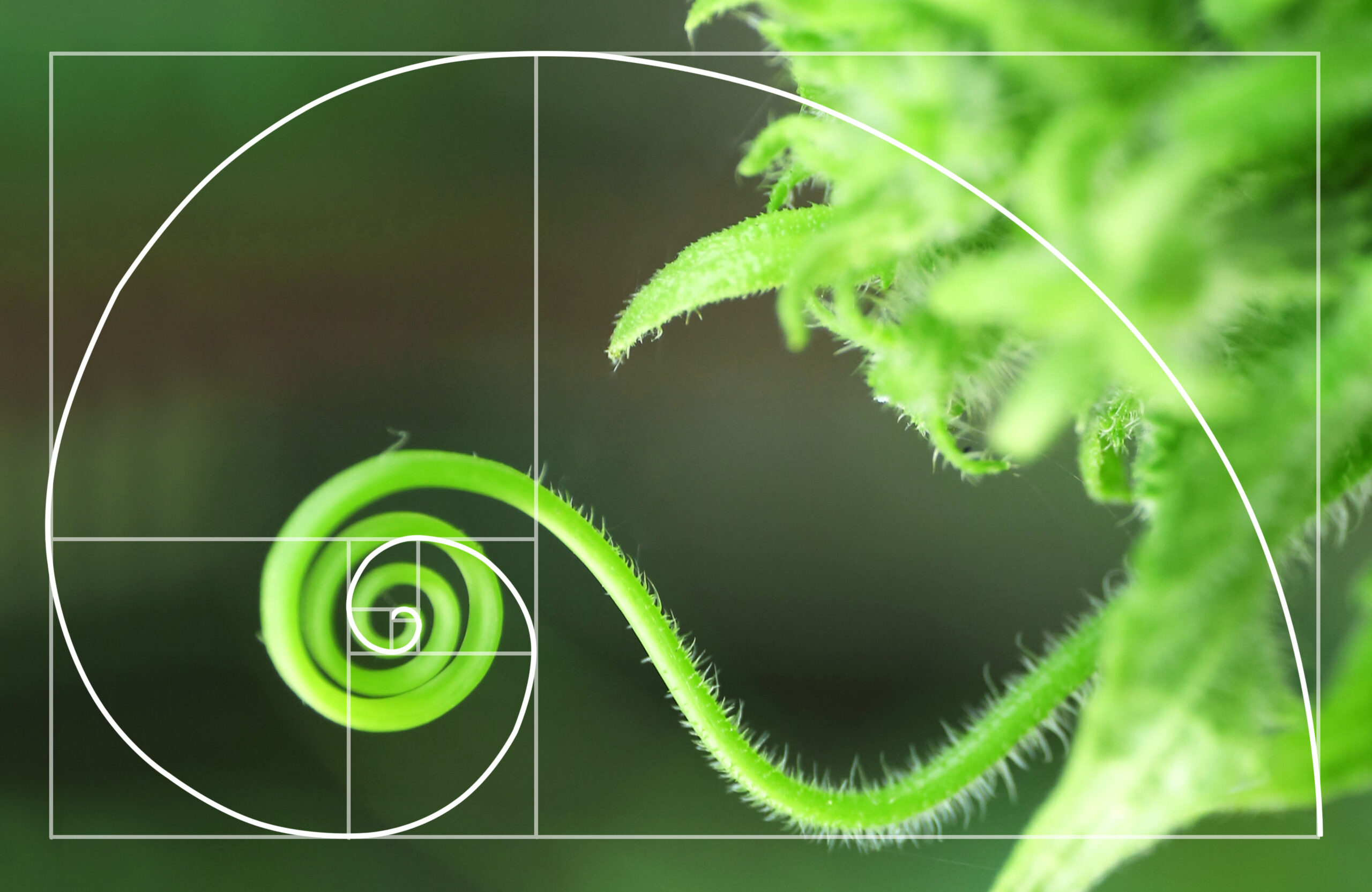
Posted on November 27, 2023 in Art History
In the realm of art, beauty often hides a secret, and the world of mathematics can be an unassuming yet powerful accomplice. If you’re a regular follower of Paul Kirby & robot painter Dulcinea’s art, the fusion of art and science is something you’re well aware of — but did you know that the classical artistic masters were just as concerned with blending disciplines?
Classical art, with its captivating compositions and harmonious proportions, frequently conceals the heavy influence of mathematical principles on its design. One of the most ubiquitous and intriguing connections is that of the Fibonacci sequence, a numerical pattern that has woven itself into the fabric of many renowned artworks.
Related: More Knowledge from the Classical Masters — A Look at Leonardo da Vinci
The Fibonacci sequence, or Fibonacci Series, is a series of numbers where each number is the sum of the two preceding ones: 0, 1, 1, 2, 3, 5, 8, 13, 21, and so on. This sequence has an uncanny ability to appear in various aspects of nature, from the arrangement of leaves on a stem to the spirals of a seashell. Its prevalence extends to the world of art, where its mathematical elegance infuses compositions with an inherent sense of harmony.
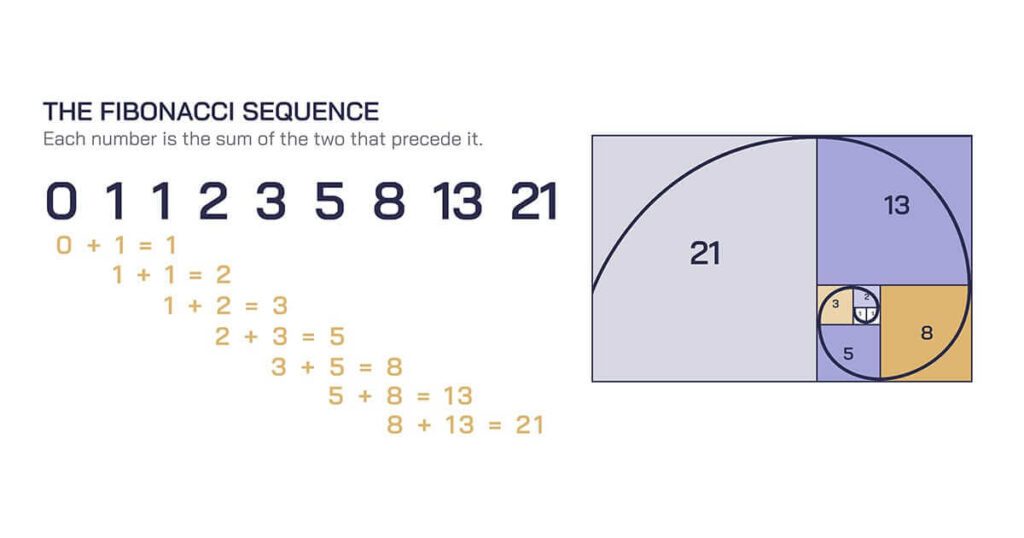
The Fibonacci numbers were known as early as 200 BC and were described in Indian mathematics by Acharya Pingala, an ancient Indian poet and mathematician. The numbers are now known by the name Fibonacci, an alias of Italian mathematician Leonardo of Pisa, the man who introduced the sequence to the Western world in 1202.
The Fibonacci sequence’s most famous offspring is the “golden ratio,” also known as the divine proportion or phi (Φ). This ratio (approximately 1.61803398875) is derived by dividing any number in the Fibonacci sequence by the number that precedes it. The resulting ratio is an aesthetically pleasing proportion that, for some reason — perhaps its prevalence in nature — looks ideal to the human eye.
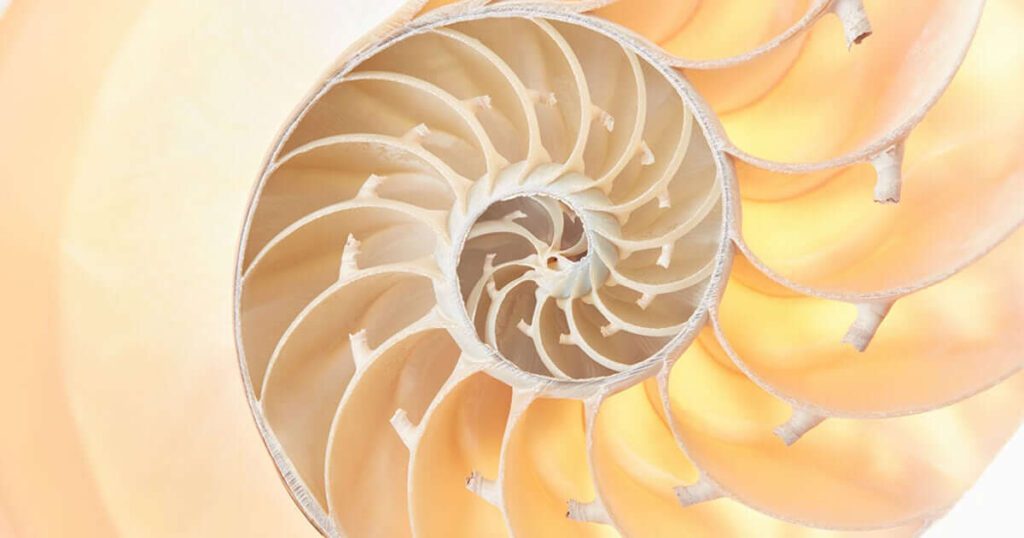
The golden ratio would go on to become one of the most widely-used and important mathematical concepts of all time, being employed in disciplines from mathematics, physics, painting, architecture, music, and so much more. The golden ratio has even more benefits beyond visual allure, as when it is used in architecture it actually plays a role in the stability of a structure.
Related: More Math in the Structure of Art — Explore How Paul & Dulcinea Created Capriccio
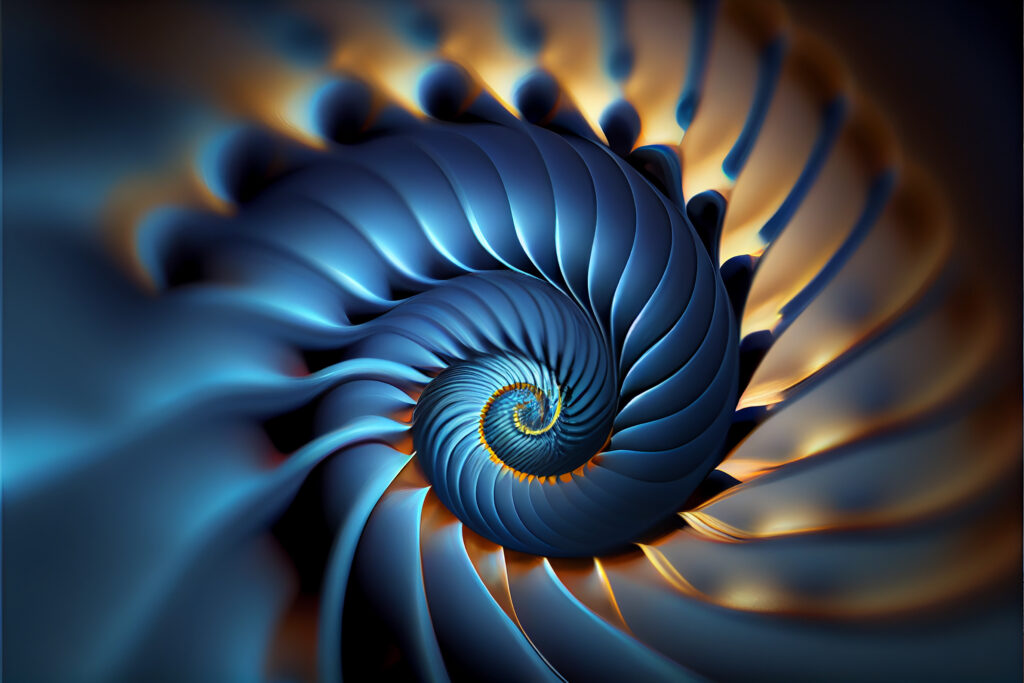
One of the most visually captivating manifestations of the Fibonacci sequence is the Fibonacci spiral, also known as a golden spiral in geometry. This spiral is created by drawing arcs inside squares whose side lengths correspond to Fibonacci numbers. The result is a gracefully expanding spiral that can be observed in nautilus shells, hurricanes, and even galaxies. In classical art, this spiral’s proportions are often used to guide the placement of elements within a composition, leading the viewer’s gaze along an aesthetically pleasing path.
Artists throughout history, knowingly or unknowingly, have integrated the Fibonacci sequence into their works. Paintings, sculptures, and even musical compositions exhibit elements of this sequence, enriching the creative process with a hidden mathematical symphony. The orchestration of Fibonacci-related proportions in art resonates with the innate mathematical inclinations of human perception, captivating audiences on a subconscious level.
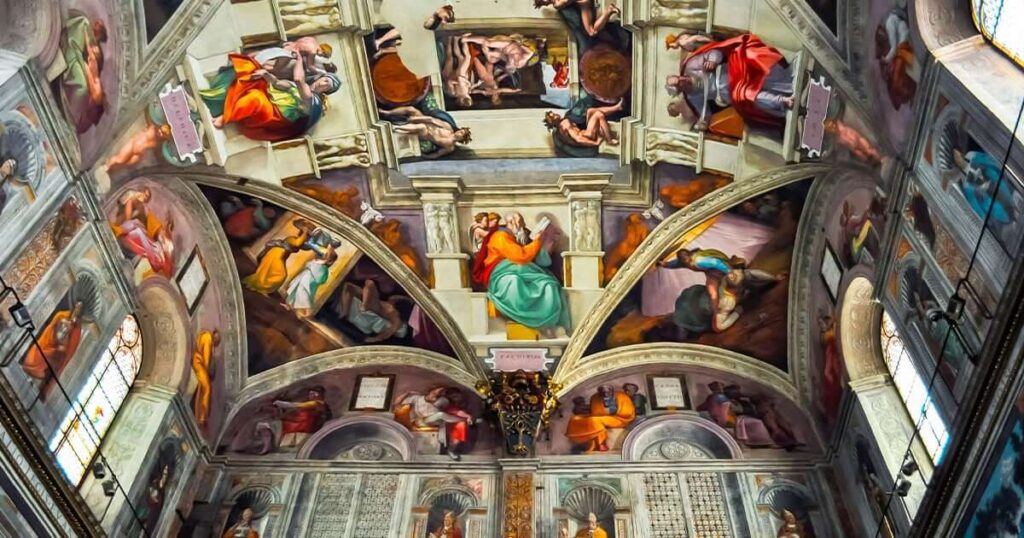
Here are but a few of the myriad examples of the Fibonacci sequence and the golden ratio being utilized by artists:
As we discover the power of the Fibonacci sequence, its uses, and its prevalence, we come to appreciate the symphony of numbers that elevates art beyond the canvas, into a realm where aesthetics and mathematics harmonize in exquisite brilliance. If you weren’t aware of the Fibonacci sequence or the golden ratio in art before, it will now feel as though you’ve been initiated into a new level of awareness. You’ll start seeing it everywhere, both in the natural world and in the human-made designs all around you.
Ready to take a new look? See if you can find elements of the Fibonacci sequence in five of the most influential paintings ever made, or take a look through Dulcinea’s gallery of art.
Surprised by what you see? Looking for more fusions of science and art? Get inspired and join the discussion with The Kirby Foundation on our Instagram, Facebook, and Pinterest pages!
Are you interested in hearing the complete story of Paul and Dulcinea? Watch the video (nominated for Best Short Film at the 2021 Vail and Portland Film Festivals) for more info.
Want to be the first to know about every exciting new project at the Kirby Foundation?
Join Our Mailing ListBuild the life you love. Learn more about fusioneering:
Why pick which passion you should follow? Fusioneering allows you to cultivate many interests into something innovative and revolutionary.
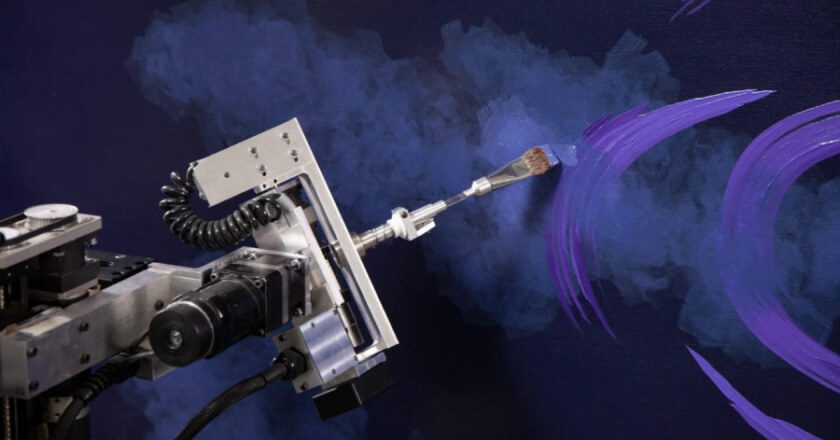
Meet Paul and explore how blending your interests can empower you to follow your enthusiasm and bring your passions to life.